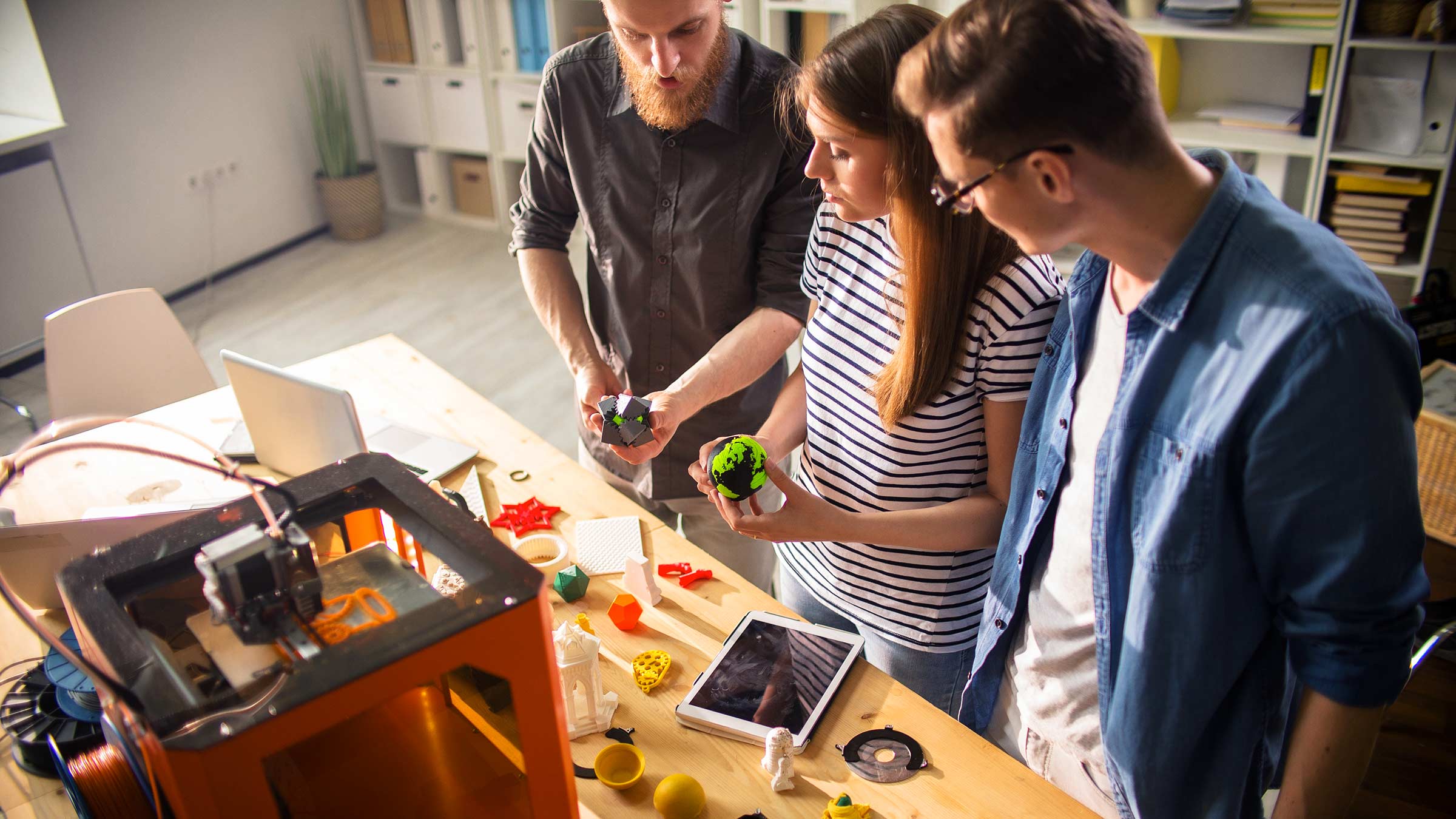This weekend, we find ourselves in the eye of the e-tail storm – post-Black Friday/Cyber Monday and pre-Christmas. Savvy consumers the world over are strategically planning the final acquisitions they’ll make in the run up to Christmas Day.
More than any other, this time of year focuses our minds on the digital revolution that has irreversibly disrupted the way we shop. With online retail now representing 18% of all sales, we are entering a new world of shopping; one that will again change the way we purchase goods, and retailers stock and build their businesses – that of mass customisation.
Ecommerce’s exponential growth has been facilitated by the coming together of the ubiquity of powerful handheld devices, software that can now create beautiful shopping experiences and never-before-seen levels of digital fluency across all customer groups. With today’s consumer able to shop anywhere they like, brands have to work harder than ever to maintain the loyal and enthusiastic customer base they need to retain to protect their revenues.
Customisation; made feasible through advances in desktop and mobile applications, software and entrepreneurial imagination – is the new frontier through which businesses will be able to satisfy the increasingly insatiable demands of modern shoppers.
On the other side of the coin, this explosion in customisation has been made feasible through innovation. Flexible manufacturing, logistical advancement and 3D printing have enabled mass customisation at lower cost, allowing manufacturers to entirely rethink their supply chains.

This is the coming together of retail and manufacturing. When you design your own Nike Trainers, you are essentially operating the manufacturing and design process from the comfort of your phone. And millions of people could be doing the same thing, with completely unique designs, at exactly the same time.
It’s retail, but not as we know it.
This changes everything. Or does it?
The customisation model runs completely counter to the way most retailers have built their operations. Companies spend millions of pounds in creating specific brand identities within the market. They champion their designers; often globally-recognised leaders in curating the styles and looks that drive purchases. If you allow a customer to design their own apparel in any way they like, stick your logo on their creation and then market it through wearing it in the street, is the designer rendered useless?
Then there are the additional logistical elements around customised retail. How can you forecast returns when every single customer can create their own item remotely, without the advantage of feeling fabrics or trying them on? Any returns could be so bespoke to their creator that they’d be of no resale value.
For customisation to become the norm, many argue that brands have to give away too much. In handing control of your design to the customer, do you risk becoming irrelevant as a brand?
I sought the advice of Tom Broughton. As well as being one of the most exciting entrepreneurs in the UK today, he is the founder and CEO of Cubitts, the direct-to-consumer eyewear brand that allows customers to purchase either in one of their beautifully-apportioned central London stores or purely online. Not only that, customers can fully-customise their frames online through a range of styles, colours and finishes. They can even design their own completely bespoke spectacles.

Cubitts and the Cycle of Optometry
Tom explained that optometry as an industry has ebbed and flowed in the customisation stakes for more than 300 years. For the first 200, everything was fully bespoke:
“Lenses were fit to your profession – lawyers were tested for one kind of lens, hunters for another. Then, the shop owner would go to the back of the shop and make the spectacles for you. As they were incredibly heavy, fit was crucial., If they didn’t fit, they weren’t fit for purpose.
“Then, around 100 years ago, everything changed with the cheapening of lenses. You could glue them to any frame, and so the industry went completely the other way, towards mass production.”
Tom is very clear that customisation won’t completely take over our retail experience:
“Supply side and demand side react to each other. On the demand side, there needs to be a good reason for customisation. People are time poor and distracted. They aren’t looking for bespoke toilet roll or cereal.
“But, there are some categories; reasonably expensive products, purchased infrequently, that are in high demand. They’re just waiting for the supply side to catch up.”
The data supports this. According to a recent Deloitte report, in some product categories, more than 50% of consumers express interest in purchasing customised products or services.

What’s Next?
Customisation won’t sweep traditional retail into the past, but if the recent history of technological advancement teaches us anything, it’s that it now needs to be taken seriously as a threat or opportunity, depending on a brand’s ability to embrace the future and the ever-expanding expectations of the consumer.
Fundamentally, we need to remember that in and amongst the macro-level technical advancements in the retail space, there are billions of shoppers the world over who love the experience of browsing, touching, feeling, trying on and buying physical products in physical stores. No current technology can fully replicate that – yet – though many, including Tom and Cubitts, are working hard on it:
“The problem we’re yet to solve is fit – that’s the holy grail. That’s why people like going to an optician. Optical measurements are confusing. If you can take fit out of the equation, telling people “everything you buy in the future is going to fit you” – that’d be good. But people still like fiddling around trying things on.”
Technology will revolutionise the way we live, learn and love in the future, enabling us to do more as tech takes on the heavy lifting, At the same time, we will continue to participate in the activities we enjoy, regardless of whether tech can replace them or not.
I see mass customisation in broadly the same way. It is already enabling incredible experiences, from creating your own perfectly-designed glasses to your totally-unique trainers, but there will always be room for the serendipitous discovery that we as consumers continue to love, and I have every expectation that visionary brands like Cubitts, Suit Supply and Nike will soon be regarded as the early pioneers of a digital/physical revolution that will fundamentally change retail as we know it.







